Do your students self-monitor when reading, for all three sources of information (meaning, language structure and visual information)? Once reading for meaning is established, and the easiest, one (repeating) line per page are replaced with less predictable text, early readers need to feel comfortable with taking risks and making mistakes. That is where the humor comes in.
My students know that I tend to make the odd ‘mistake’ when we’re reading together. I do this because years ago I realized how difficult it was for many kids to take risks, tears of shame in the eyes of some students when they had made a mistake. I sense with our Growth Mindset movement that things are improving. The ‘funny’ mistakes of mine have become valuable teachable moments. They listen for them, watch for them, and can find humor in their own as a result.
St. Patrick’s Day is upon us. I read the story of St. Patrick to my grade one class years ago, and remember the pre-reading discussion well. A student believed that St. Patrick was a leprechaun, and others found the idea to be hilarious. The child who had expressed this idea was embarrassed. This, of course, took us off-track into a conversation about teasing, laughing at vs. laughing with others.
The students I see now have been read St. Patrick’s Day picture books in their classrooms, and the little story below (included in Spring, Read and Write and More) so they can be armed with the proper information!
Isn’t laughter the way of the Irish, after all?
Happy St. Patrick’s Day, everyone!
Related:
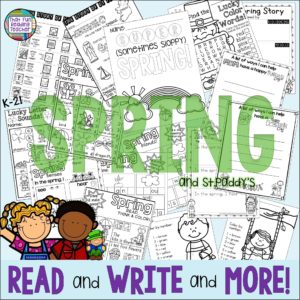 |
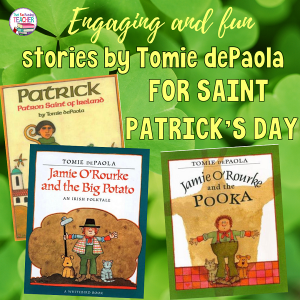 |
 |
 |
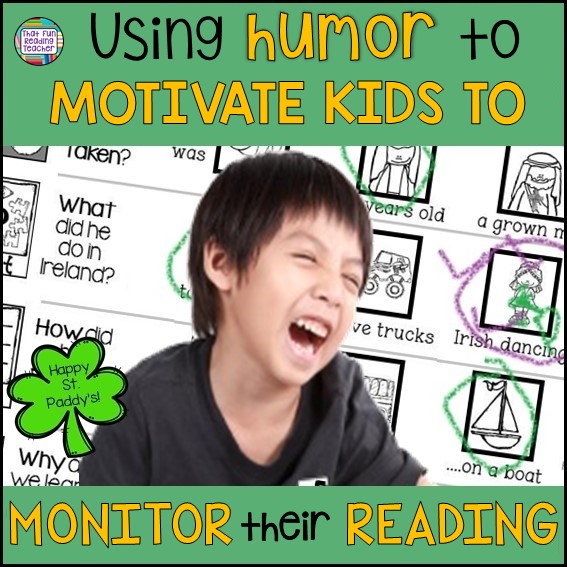
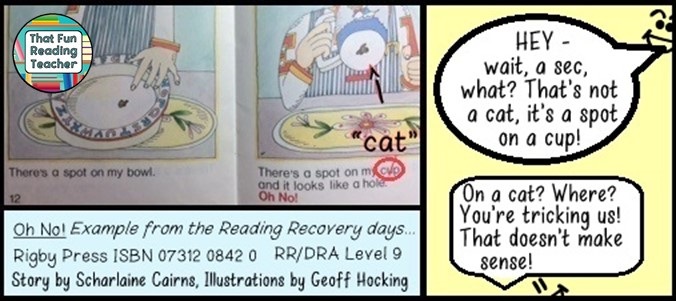

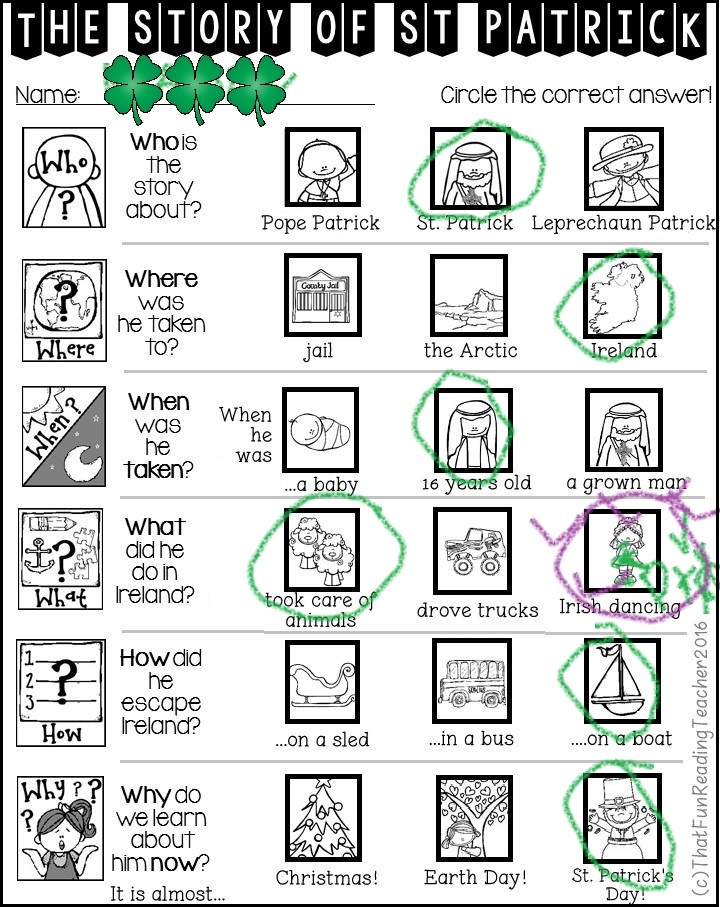
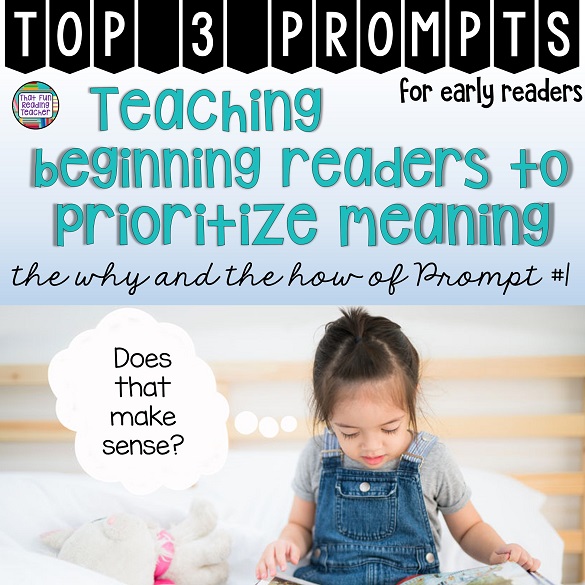



Leave a Reply